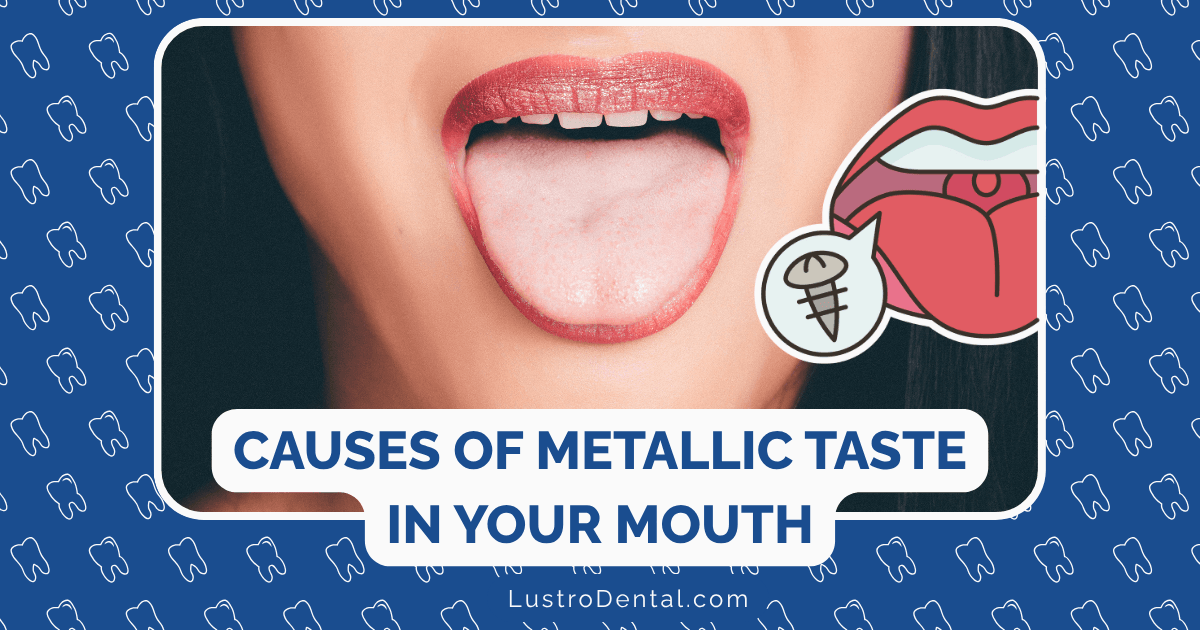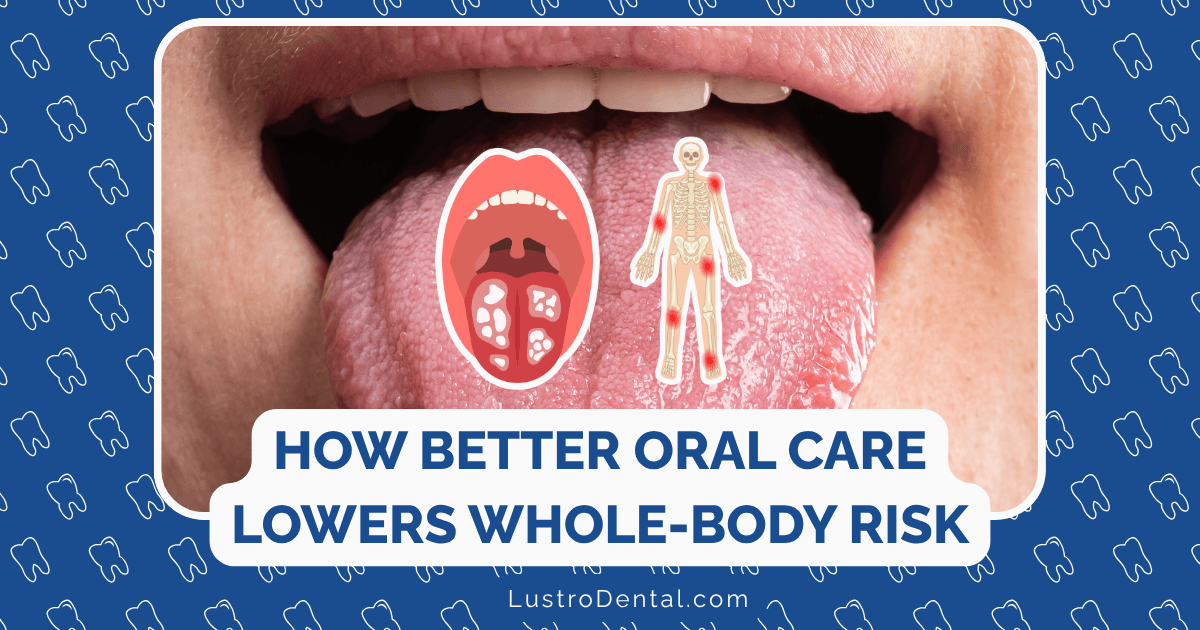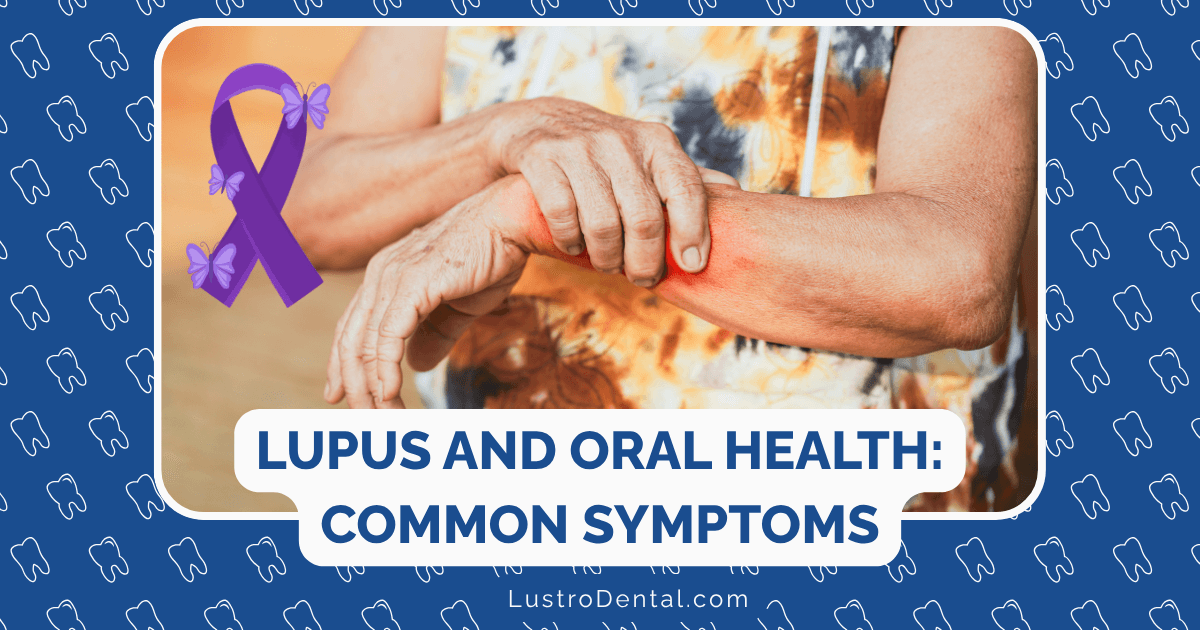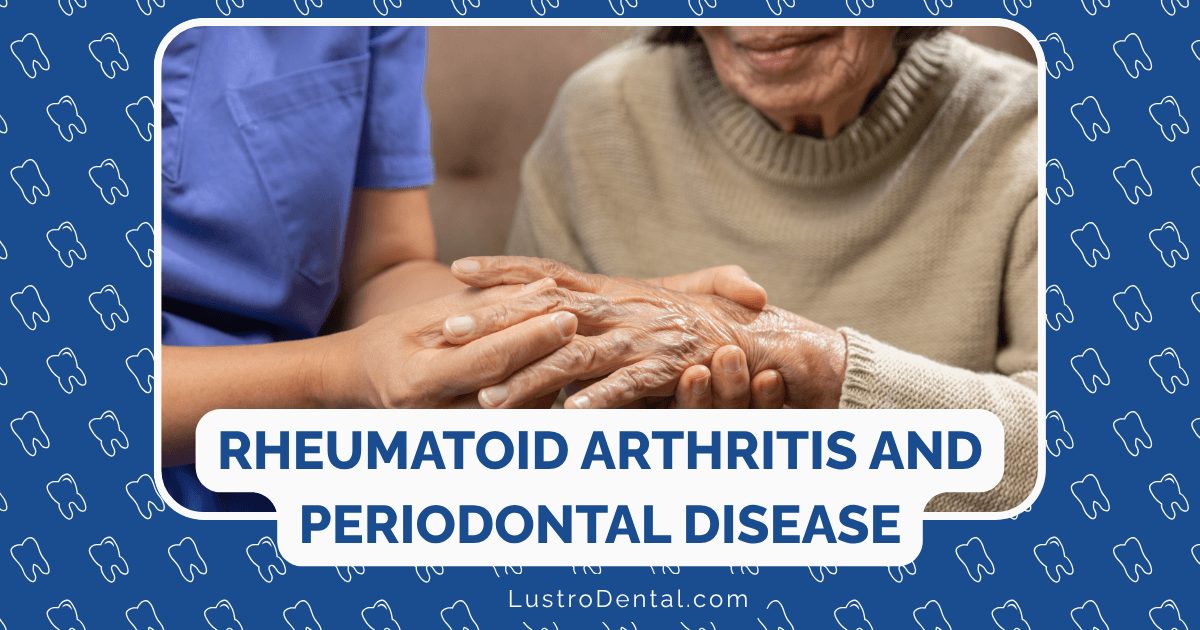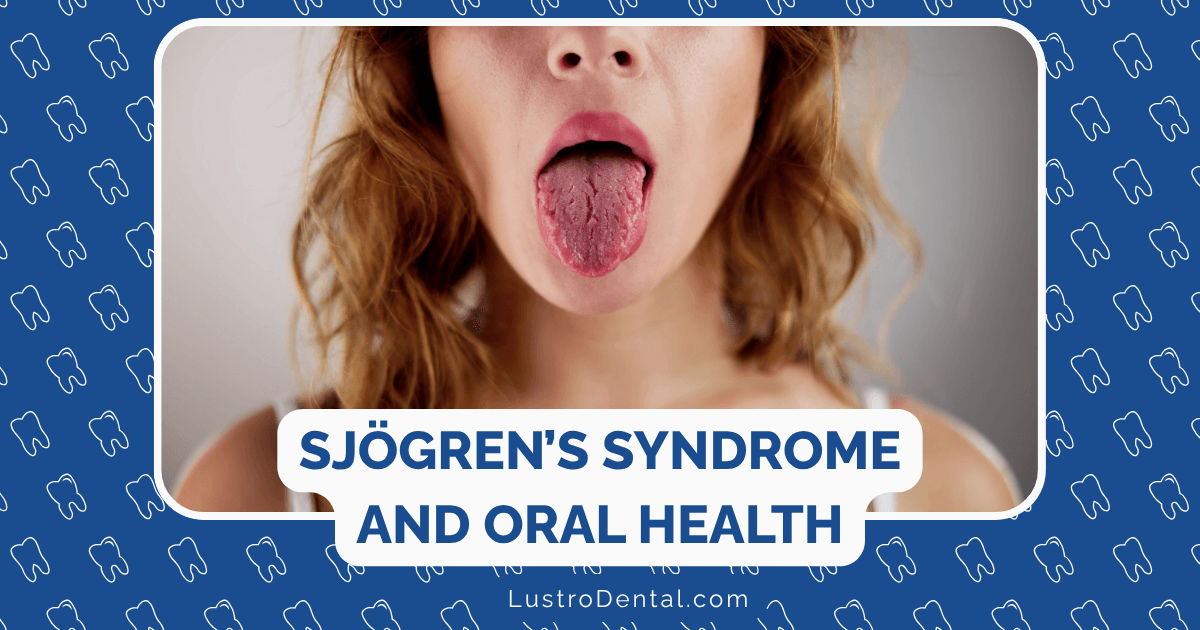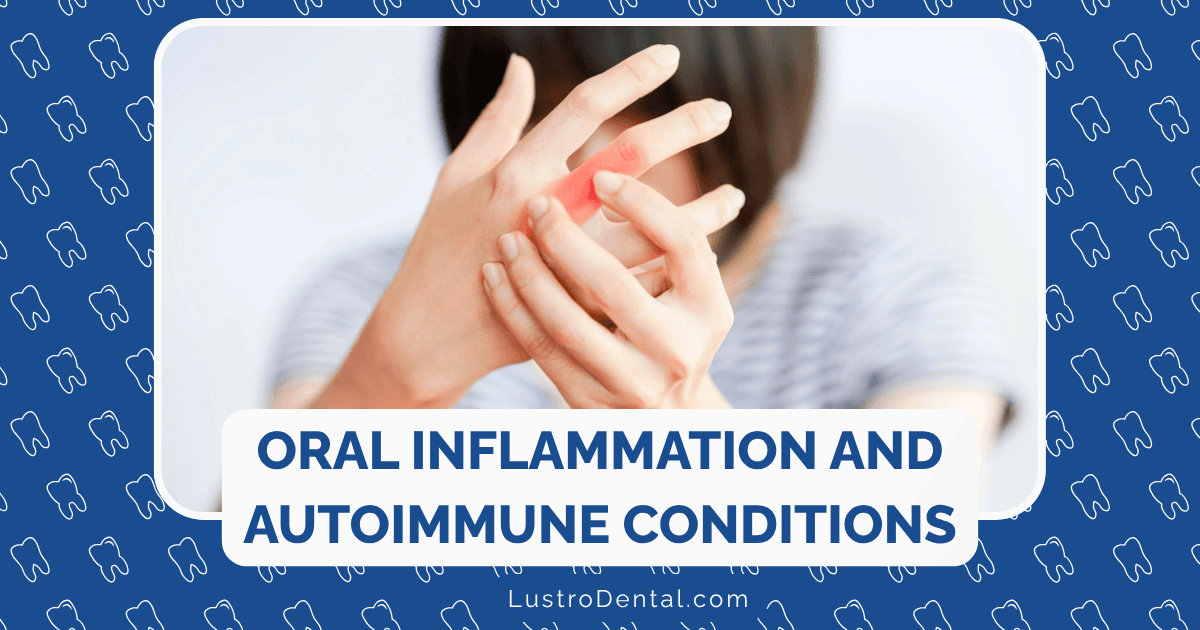Oral Bacteria and Pneumonia: The Connection and Prevention Strategies
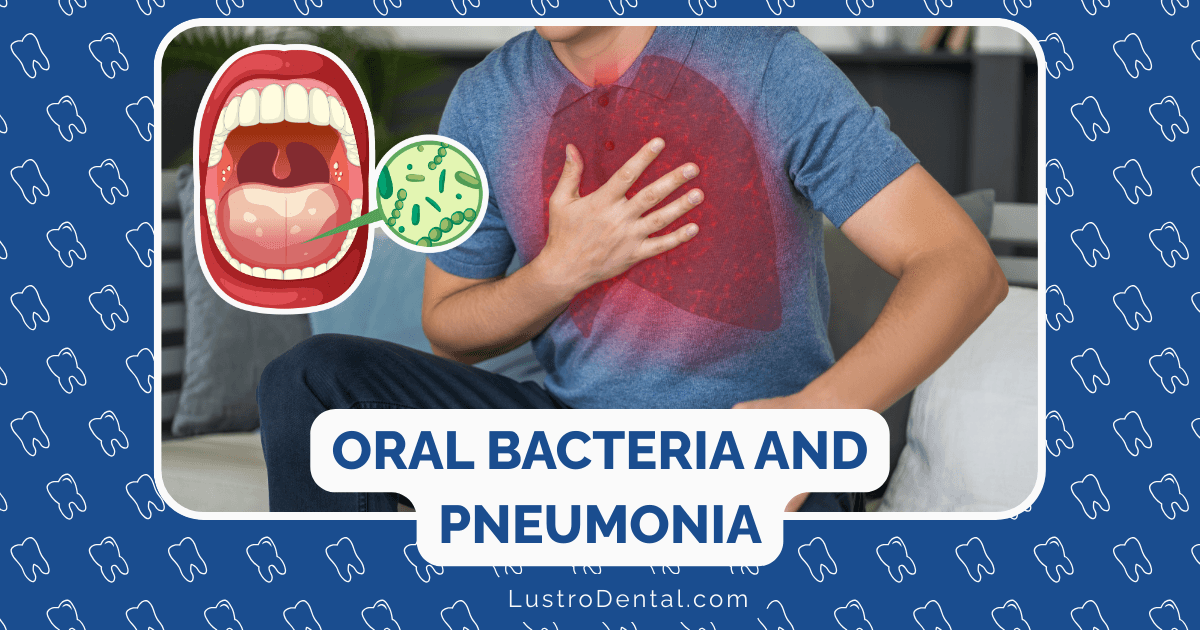
When we think about pneumonia prevention, dental care might not be the first thing that comes to mind. However, a growing body of research has established a clear connection between oral bacteria and respiratory infections, particularly pneumonia. This link is especially significant for vulnerable populations such as the elderly, hospitalized patients, and those in long-term care facilities.
Understanding this connection can potentially save lives, as pneumonia remains a leading cause of hospitalization and mortality, particularly among older adults. In this article, we’ll explore the relationship between oral bacteria and pneumonia, and share evidence-based strategies to reduce this risk through proper oral hygiene.
The Mouth-Lung Connection: How Oral Bacteria Lead to Pneumonia
The Mechanism: From Mouth to Lungs
“The pathway from oral bacteria to pneumonia is more straightforward than many people realize,” explains Dr. Sarah Johnson, pulmonologist at Mayo Clinic. “It primarily occurs through a process called aspiration, where bacteria from the mouth are inhaled into the lungs.”
This process happens in several key steps:
- Bacterial Colonization: Poor oral hygiene leads to the accumulation of dental plaque, which harbors potentially harmful bacteria.
- Aspiration: Small amounts of saliva containing these bacteria are inadvertently inhaled into the lungs—something that happens more frequently in people with swallowing difficulties, reduced consciousness, or those who are bedridden.
- Infection Development: Once in the lungs, these bacteria can multiply and cause infection, particularly if the person’s immune system is compromised.
According to a 2025 study published in the Journal of Medical Microbiology, aspiration pneumonia accounts for up to 86% of pneumonia cases in older adults, with about 10% of aspiration events leading to pneumonia in those aged 80 and older.
Key Bacteria Involved
Research has identified several oral bacteria that are commonly associated with pneumonia:
- Gram-negative bacteria: Including Klebsiella pneumoniae, Escherichia coli, and Pseudomonas aeruginosa
- Gram-positive bacteria: Particularly Staphylococcus aureus
- Respiratory pathogens: Haemophilus influenzae and Streptococcus pneumoniae
“What’s particularly concerning is that dental plaque can serve as a reservoir for these respiratory pathogens,” notes Dr. Michael Chen, periodontist at the University of California. “As plaque accumulates, it creates an environment where these harmful bacteria can thrive and eventually make their way to the lungs.”
Who’s at Greatest Risk?
While anyone can develop pneumonia from aspirated oral bacteria, certain populations face significantly higher risks:
- Elderly individuals: Age-related changes in immune function and increased prevalence of swallowing difficulties
- Nursing home residents: Higher rates of dependency for oral care and often poorer oral health
- Hospitalized patients: Especially those who are non-ambulatory or have reduced consciousness
- Individuals on mechanical ventilation: At risk for ventilator-associated pneumonia (VAP)
- People with dysphagia (swallowing difficulties): More likely to aspirate oral contents
- Those with neurological conditions: Such as stroke, Parkinson’s disease, or dementia
- Immunocompromised individuals: Less able to fight off bacterial infections
The Evidence: Research Linking Oral Health and Pneumonia
The connection between oral health and pneumonia is supported by substantial scientific evidence:
Hospital-Acquired Pneumonia Statistics
Hospital-acquired pneumonia (HAP) is one of the most common healthcare-associated infections in the United States. According to the Centers for Disease Control and Prevention:
- Non-ventilator healthcare-acquired pneumonia (NV-HAP) makes up 65% of all HAP cases
- Approximately 1.6% of hospitalized patients experience NV-HAP
- Mortality rates for NV-HAP range from 15% to 30%
- Each case of NV-HAP prevented can save over $100,000 in direct healthcare costs
Intervention Studies
Multiple studies have demonstrated that improving oral hygiene can significantly reduce pneumonia rates:
- A 2025 study published in the American Journal of Infection Control found that implementing a structured oral hygiene education program decreased the incidence of non-ventilator hospital-acquired pneumonia from 0.74% to 0.25%—a reduction of over 66%.
- The Hospital-Acquired Pneumonia Prevention by Engaging Nurses (HAPPEN) project reported a 40% to 60% reduction in pneumonia rates through improved oral care protocols.
- Research from Frontiers in Oral Health in 2025 found that rigorous oral hygiene in ICU settings can reduce ventilator-associated pneumonia incidence by up to 37%.
The Role of Dental Visits
Regular dental care also appears to have protective effects:
- At least one preventive dental visit within three years can reduce the risk of ventilator-acquired pneumonia by up to 22%, according to CDC data.
- Patients with moderate to severe periodontal disease may have a 2-5 times higher risk of chronic respiratory disease.
Dr. Elizabeth Wong, geriatric specialist at Cleveland Clinic, emphasizes: “The research is clear—maintaining good oral health is not just about preserving your smile or preventing tooth decay; it’s a crucial component of preventing potentially life-threatening respiratory infections, especially for vulnerable populations.”
Prevention Strategies: Protecting Against Bacteria-Induced Pneumonia
Effective Oral Hygiene Practices
For Independent Individuals
- Brush thoroughly twice daily: Use a soft-bristled toothbrush and fluoride toothpaste to clean all surfaces of the teeth, including the gumline.
- Clean between teeth daily: Use dental floss, interdental brushes, or water flossers to remove plaque from between teeth where toothbrushes can’t reach.
- Clean your tongue: Gently brush or use a tongue scraper to remove bacteria that accumulate on the tongue surface.
- Use antimicrobial mouthwash: Consider an alcohol-free antimicrobial rinse to reduce bacterial load in the mouth.
- Stay hydrated: Drinking plenty of water helps maintain saliva flow, which naturally cleanses the mouth and contains protective enzymes.
- Replace toothbrushes regularly: Change your toothbrush every 3-4 months, or sooner if bristles are frayed.
- Maintain regular dental check-ups: Professional cleanings remove plaque and tartar that home care might miss.
For Hospitalized Patients and Long-Term Care Residents
According to the 2025 CDC guidelines for preventing non-ventilator hospital-acquired pneumonia:
- Comprehensive oral assessment upon admission: To identify specific oral health needs and risks.
- Structured oral care protocol: Oral care should be provided at least twice daily, including:
- Brushing teeth, gums, and tongue with a soft-bristled toothbrush
- Using fluoride toothpaste (non-foaming for patients at risk of aspiration)
- Moisturizing lips and oral mucosa
- Oral suctioning when necessary, especially for patients with difficulty managing secretions
- Positioning considerations: Elevating the head of the bed to 30-45 degrees during and after oral care to reduce aspiration risk.
- Documentation: Consistent recording of oral care in patient charts to ensure compliance with protocols.
Dr. Robert Thompson, Director of Nursing at University Hospital, notes: “We’ve found that implementing a standardized oral care protocol with proper training and supplies has been one of our most effective interventions for reducing hospital-acquired pneumonia. It’s a simple measure with significant impact.”
Antimicrobial Solutions in Oral Care
Research has evaluated several antimicrobial agents for their effectiveness in reducing harmful oral bacteria:
Chlorhexidine
- Effective against a wide range of bacteria linked to pneumonia
- Reduces VAP incidence by up to 37% in ICU settings
- Most commonly used at 0.12% or 0.2% concentration
- May cause tooth staining with prolonged use
Povidone-Iodine
- Broad-spectrum antimicrobial properties
- May be preferred in some regions due to chlorhexidine’s potential for allergic reactions
- Typically used at 0.5% to 1% concentration for oral care
Hydrogen Peroxide
- A 2025 study showed that 3% hydrogen peroxide mouthwash was associated with a 2.6-fold decrease in VAP risk compared to saline mouthwash
- Should be used in diluted form (typically 1.5%) to avoid tissue irritation
Sodium Bicarbonate (Baking Soda)
- Has bactericidal properties
- Effective in reducing plaque formation
- Patient-friendly option for oral hygiene in healthcare settings
- Often used as a rinse solution in a concentration of 1 teaspoon per 8 ounces of water
“The choice of antimicrobial agent should be based on patient-specific factors, including allergies, oral health status, and risk of aspiration,” advises Dr. Wong. “What’s most important is that some form of effective oral care is consistently provided.”
Systemic Approaches to Prevention
Beyond direct oral care, several systemic approaches can help reduce the risk of pneumonia from oral bacteria:
Vaccination
A 2025 study in ResearchGate found that pneumococcal vaccination reduced oral colonization odds by:
- 56.5% for H. influenzae
- 48.29% for S. pneumoniae
These findings suggest that vaccination not only protects against direct infection but may also reduce harmful bacterial colonization in the mouth.
Dysphagia Management
For individuals with swallowing difficulties:
- Speech therapy evaluation and intervention
- Modified food and liquid consistencies
- Proper positioning during meals
- Careful oral care to minimize bacterial load
Mobility Promotion
Encouraging movement and avoiding prolonged bed rest when possible:
- Reduces pooling of secretions in the lungs
- Improves respiratory function
- Decreases overall pneumonia risk
Implementing Oral Care Programs in Healthcare Settings
For healthcare facilities looking to reduce pneumonia rates through improved oral care, these implementation strategies have proven effective:
1. Staff Education and Training
A 2025 study in the American Journal of Critical Care found that nursing staff education significantly improved oral care delivery and reduced pneumonia rates. Key components included:
- Training on proper brushing techniques for dependent patients
- Education about the mouth-lung connection
- Hands-on practice with oral care tools
- Regular refresher courses
2. Standardized Protocols and Documentation
Clear, consistent protocols help ensure that all patients receive appropriate oral care:
- Written procedures for different patient populations
- Checklists incorporated into electronic health records
- Regular audits to ensure compliance
- Feedback mechanisms to address barriers
3. Appropriate Supplies and Accessibility
Ensuring staff have easy access to the right tools:
- Soft-bristled toothbrushes (including suction toothbrushes for high-risk patients)
- Appropriate toothpaste (non-foaming for aspiration risk)
- Alcohol-free mouthwash
- Moisturizers for lips and oral mucosa
- Suction equipment
4. Leadership Support and Quality Improvement
Successful programs require institutional commitment:
- Designating oral care champions on each unit
- Including pneumonia prevention in quality metrics
- Celebrating successes and sharing outcomes
- Continuous improvement based on data
Dr. Johnson emphasizes: “The most successful pneumonia prevention programs we’ve seen integrate oral care into the facility’s culture. It’s not seen as an optional task but as an essential component of patient care—just as important as medication administration or vital sign monitoring.”
Special Considerations for Different Populations
Elderly Individuals
Older adults face unique challenges that require tailored approaches:
- Cognitive impairments: May require reminders or assistance with oral care
- Physical limitations: Adapted toothbrushes with larger handles or electric toothbrushes
- Dry mouth from medications: Additional hydration and saliva substitutes
- Denture care: Proper cleaning and removal at night
Ventilated Patients
Patients on mechanical ventilation require specialized oral care:
- More frequent oral care (every 2-4 hours)
- Specialized suction toothbrushes
- Careful attention to secretion management
- Monitoring for pressure injuries from endotracheal tubes
Post-Stroke Patients
After a stroke, patients may face particular challenges:
- One-sided weakness affecting brushing ability
- Swallowing difficulties increasing aspiration risk
- Need for adapted tools and techniques
- Higher surveillance for oral health changes
The Future of Oral-Respiratory Health Research
Emerging research is exploring several promising directions:
Microbiome Analysis
Understanding the complex communities of microorganisms in the mouth and how they interact with respiratory health:
- Identifying specific bacterial signatures that increase pneumonia risk
- Developing targeted antimicrobial approaches
- Exploring probiotic interventions to promote beneficial bacteria
Point-of-Care Diagnostics
Rapid testing to identify high-risk patients:
- Salivary biomarkers for pneumonia-causing bacteria
- Chairside screening tools for dental and medical settings
- Risk assessment algorithms incorporating oral health factors
Novel Preventive Agents
Beyond traditional antimicrobials:
- Anti-adhesive compounds that prevent bacterial attachment
- Biofilm-disrupting enzymes
- Nano-delivery systems for targeted antimicrobial therapy
Dr. Chen notes: “We’re moving toward more personalized approaches to pneumonia prevention that consider each patient’s unique oral microbiome, risk factors, and needs. This precision approach holds great promise for reducing pneumonia rates, especially in our most vulnerable populations.”
Conclusion: Integrating Oral Health into Pneumonia Prevention
The connection between oral bacteria and pneumonia represents an important opportunity for prevention. By addressing oral health as a component of overall health, we can potentially reduce the incidence of this serious and sometimes fatal infection.
For individuals, maintaining good oral hygiene through regular brushing, flossing, and dental visits is an important protective measure. For healthcare providers, implementing comprehensive oral care protocols can significantly reduce pneumonia rates and improve patient outcomes.
As Dr. Wong concludes: “The mouth is the gateway to the respiratory system. By keeping this gateway clean and healthy, we can prevent harmful bacteria from making their way to the lungs and causing pneumonia. It’s a simple concept with profound implications for public health.”
Are you a healthcare provider who has implemented oral care protocols for pneumonia prevention? Share your experiences in the comments below.


